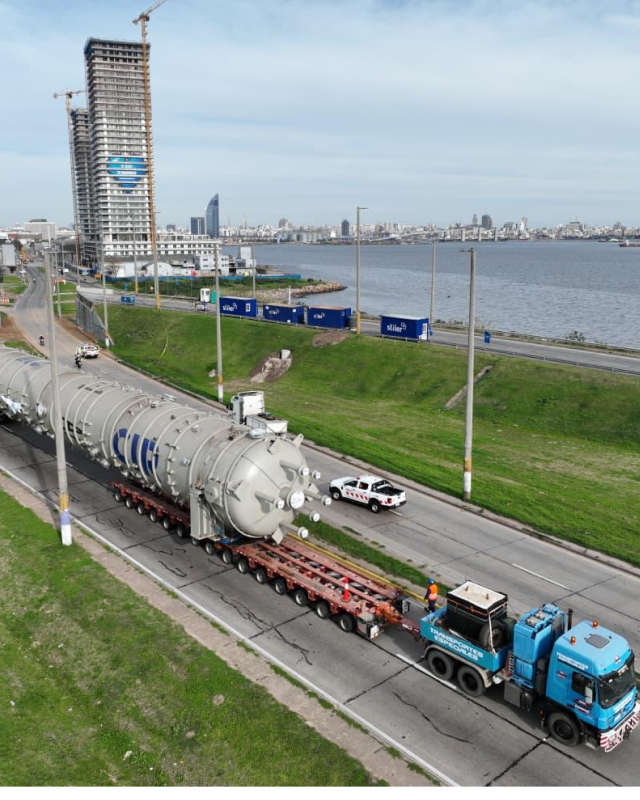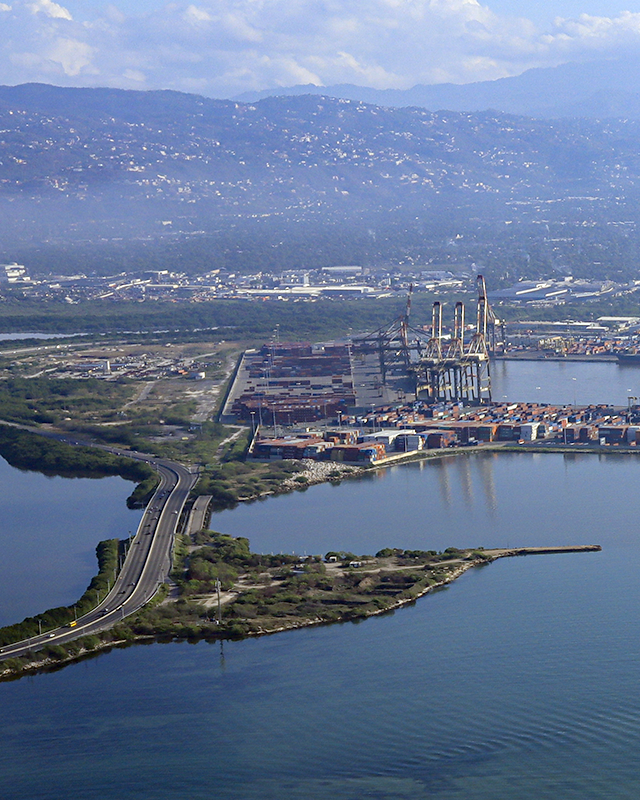News
How would you describe the real impact that the demand for AI and high-density data centers is having on the power grid in the United States and globally?
The impact has been dramatic. Since 2024 and throughout 2025, we’ve seen roughly a five-fold increase in power demand from data centers, particularly driven by AI. This is creating two major challenges.
First, the overall scale of facilities has shifted. What used to be 100 to 200-megawatt data centers are now turning into 1, 2, even 3-plus gigawatt campuses. That level of demand far outstrips the existing grid capacity in the U.S., which was already under strain from electrification and EV adoption. It has created real crises across ISO regions in terms of meeting both current and future load growth. And the challenge is compounded by timing: data center operators want this power within one to two years, but the U.S. utility build cycle is closer to seven years, requiring heavy planning and capital investment. Other regions face the same issue, for example, Ireland has already restricted new data center connections due to grid limitations. Nobody had planned for this scale of demand.
Second, AI workloads themselves create highly volatile power needs. They can spike up and down in milliseconds, which the grid cannot absorb. That forces data centers to build their own local systems to buffer and stabilize these fluctuations. On the demand-side, there’s also innovation: workloads can be managed so that processing ramps more gradually instead of spiking instantly.
From your perspective, is the current infrastructure prepared to absorb this digital transition, or are we entering a bottleneck phase.
Traditional grid models simply don’t work for this scale of demand. Grid operators and national ministries are working at full capacity to add generation, and that will cover part of the need. Independent power producers (IPPs) are also stepping in. In the U.S., they’re actively building projects under power purchase agreements, which is encouraging.
But I believe data center campuses themselves need to go further. They must look at “behind-the-meter” solutions: building their own generation on-site and taking direct control of their power requirements. This has two benefits. First, it accelerates the buildout of the AI infrastructure by reducing dependence on utility timelines. And second, once those behind-the-meter assets are eventually able to interconnect with the grid, a process that today takes four to five years; they can contribute back to overall grid stability.
What role do microgrids, storage, and on-site generation play in the energy resilience of data centers?
This is exactly the point. Microgrids, or as I’ve started calling them, mini grids, because now we’re talking about hundreds of megawatts rather than just tens, are absolutely critical for this buildout.
Today, choosing where to locate a data center requires three essential resources: water for cooling, fiber for information flow, and natural gas for power. On-site storage and batteries, together with fast-start reciprocating engines, can help mitigate the demand fluctuations we see with AI workloads.
However, the real core of many of these projects will be large-scale gas-fired generation: medium-speed reciprocating engines, simple-cycle gas turbines, and eventually combined-cycle plants co-located with data centers. That’s the core of how resilience will be achieved.
In your experience, which emerging technologies offer the greatest potential to relieve pressure on the grid: hydrogen, long-duration storage, smart grids…?
I think smart grid applications will go a long way in helping operators manage the surge in demand. To put it in perspective, since the 1950s the U.S. hasn’t seen a buildout of generating capacity on the scale we’re facing now. On both a percentage and absolute megawatt basis, this expansion will eclipse everything we’ve done since the 60s and 70s. Smart grids are essential; they give full visibility into what’s happening at every node and where the constraints lie.
Hydrogen is also interesting, particularly in places without abundant natural gas. As infrastructure develops, hydrogen transport could become an alternative to LNG. But realistically, for the next decade or two, natural gas will remain dominant. At least in North America, it’s the only fuel with the portability, transportability, and sheer volume needed to support hundreds of gigawatts of additional capacity. Nothing else comes close in the near term.
What recommendations would you give to data center developers facing delays due to grid connection constraints?
The main lesson from my experience is: work with the grid operators, get in the queue, but always have your own plan. In fact, I’d argue your primary plan should be to build your own power, and the grid should be your backup. Eventually interconnections will come, but in the meantime, developers need to take responsibility for securing their own energy.
Even when utilities make growth plans, demand has exceeded their forecasts. And in emergencies, they need to shed loads. That reality means we can’t rely solely on the grid.
From a reliability standpoint, it actually makes sense to go after the meter. The grid in the U.S., even in the best regions, only achieves 99.6% to 99.96% reliability, that’s two or three nines, not the “five nines” data centers often require. By expanding on-site generation beyond simple backup generators to large-scale, high-efficiency engines, along with other behind-the-meter assets, developers can achieve reliability equal to or even greater than that offered by the grid.
How can we ensure that this energy expansion is diversified?
This is a critical question. Hydrogen is a very promising long-term solution, and in the U.S. there was already an effort a few years ago to ensure that combined cycle plants could eventually convert to hydrogen. There is also a lot of solar capacity on the grid and more under construction, while biomass and biofuels remain interesting options.
Right now, the reality is that we are transitioning away from coal. Many coal plants are being retired, although some have received needed life extensions due to current grid pressures.
Beyond that, technologies such as gasification are advancing, and hydrogen if it can be scaled. Nuclear power is also a strong candidate. It already provides a significant share of electricity in North America, but build times are longer than necessary to meet immediate demand. Still, on a five- to ten-year horizon, nuclear could be a fantastic part of the solution.
In your view, what will be the dominant energy source powering data centers in 10 years?
On a five-year horizon, it’s unquestionably natural gas. Looking out 10 years, I believe the energy mix will resemble today’s U.S., Mexico, and Canada blends. Grids tend to evolve based on the fuels and resources available in each region.
What we’ll see is a system with ten times today’s generating capacity, combining large-scale on-site fuel generation at data centers with off-site grid power. At the same time, grids will become more modern, reliable, and far-reaching, bringing electrification even to harder-to-reach areas. The technological advances in electricity over the next decade will be phenomenal.
And we’re still just getting started. I was at a conference recently where someone asked, in game terms, where we are in the AI buildout: first half, second half, or overtime? The consensus was clear: we’re not even in the game yet, we’re still in warm-ups. That’s how early we are. It’s going to be a wild ride, full of projects, modernization, and innovation. I’m really looking forward to it.
In this transformation, companies like CSI will play a key role. Our experience in managing large, complex infrastructure projects uniquely positions us to help deliver the scale, reliability, and innovation the next generation of data centers will demand. Just as grids evolve, we are evolving too, bringing proven expertise to projects that will shape the backbone of tomorrow’s digital economy.




